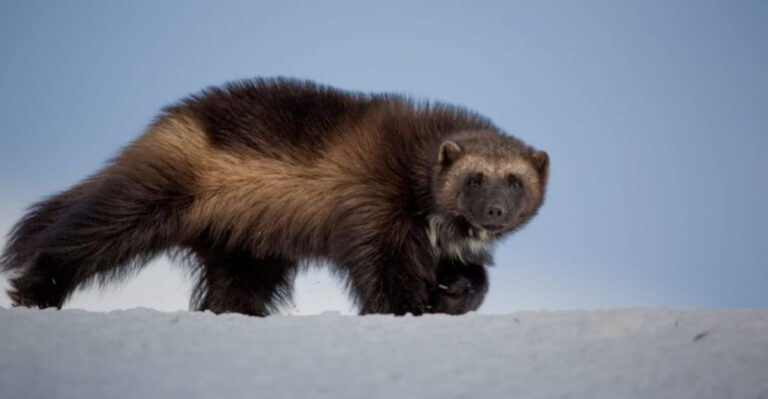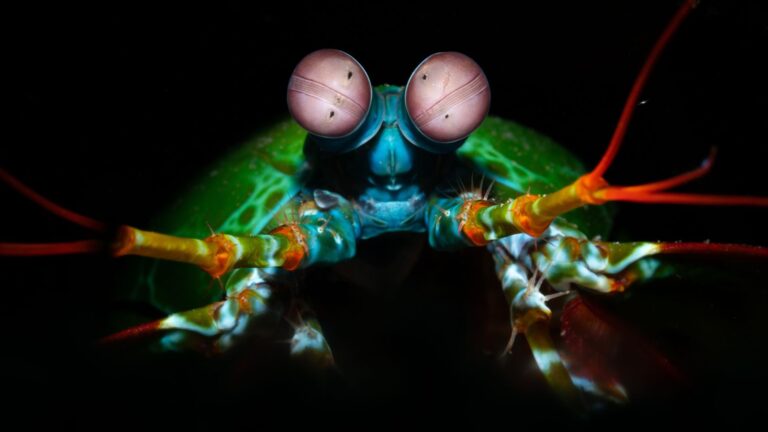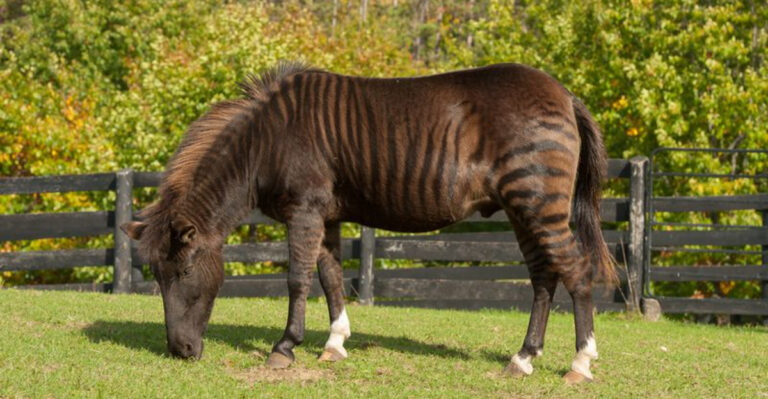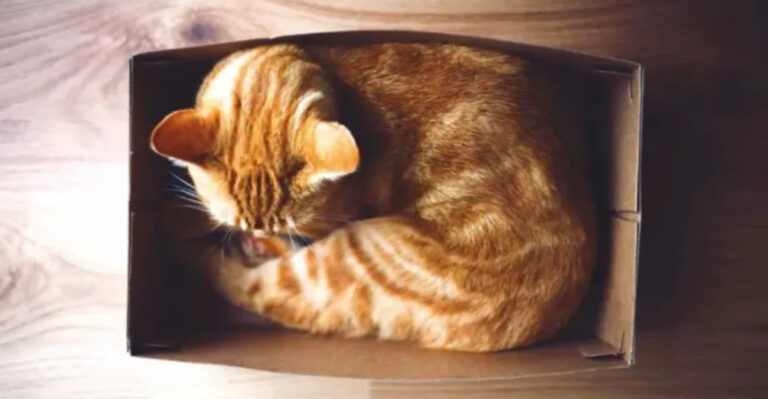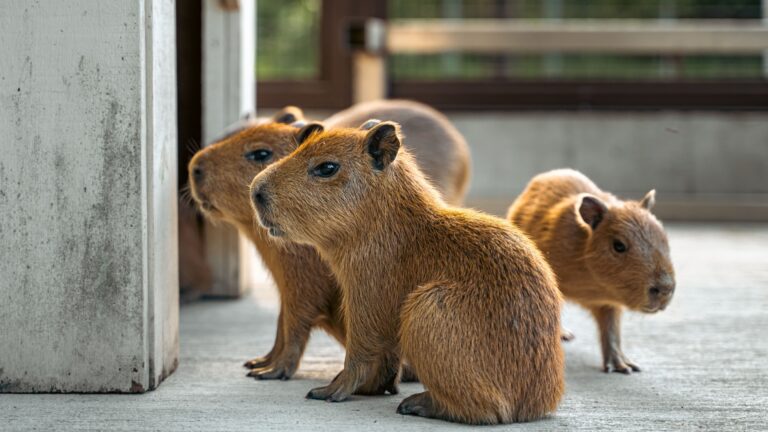The Truth About Hummingbirds And The Color Red
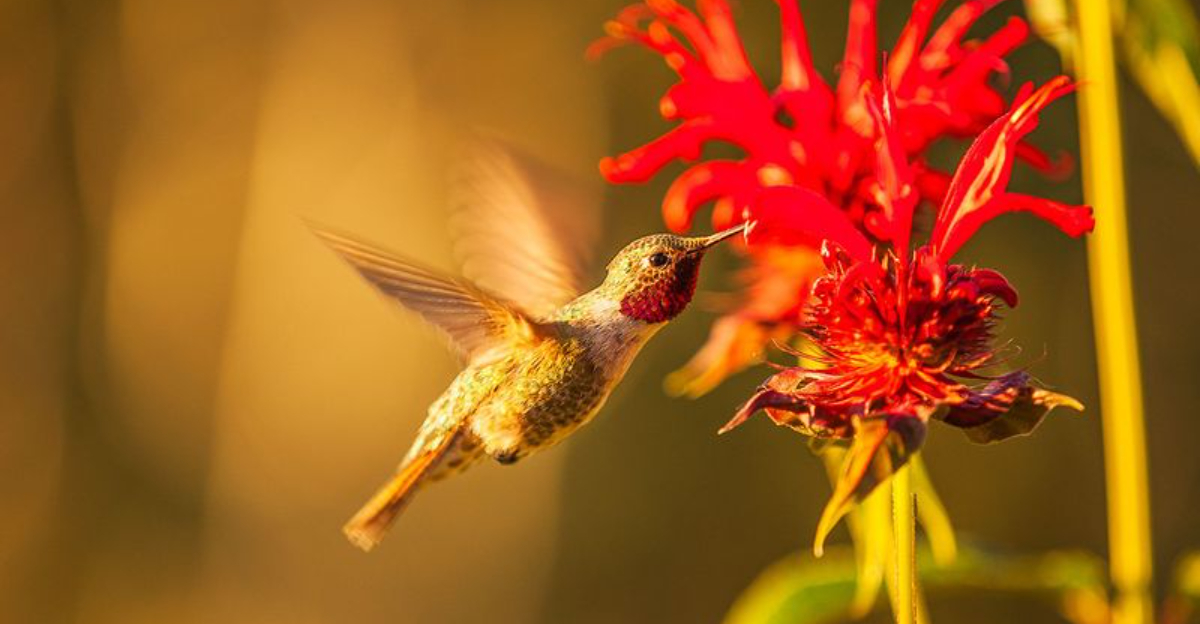
The color red has a hypnotic allure for hummingbirds. It’s not about aesthetics, but a tale of survival, communication, and evolution.
These tiny avian marvels navigate the vibrant canvas of nature, drawn to the scarlet hues that promise nourishment and signal territory. Join us in uncovering 14 captivating truths that bind these fluttering jewels to the world of red.
1. Hummingbird’s Color Vision
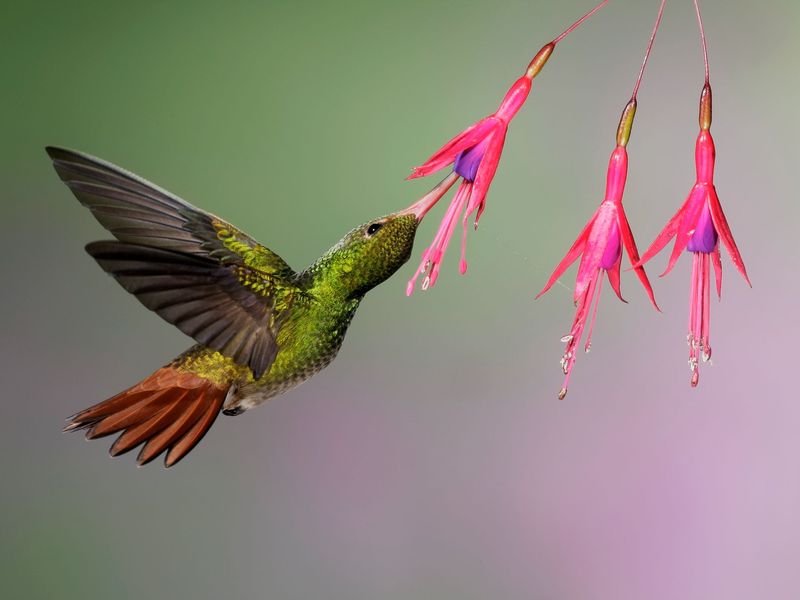
Imagine seeing more colors than a rainbow. Hummingbirds possess a unique ability to perceive ultraviolet light, enhancing the colors they see.
This exceptional vision helps them locate red flowers, which often contain the highest sugar content. Next time you glimpse one, know they’re seeing a world far more vivid than we can imagine.
2. Red As A Food Beacon
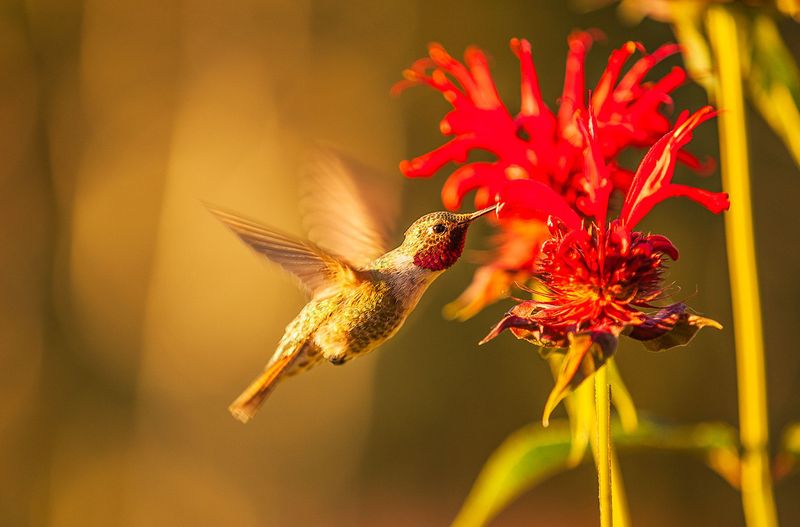
Red isn’t just eye candy; it’s a neon sign for nectar. Many flowers have evolved to sport red hues specifically to attract hummingbirds, ensuring their pollination.
Hummingbirds, in turn, have developed a preference for these colors, forming a symbiotic relationship that benefits both bird and bloom.
3. The Mystery Of Red Foliage
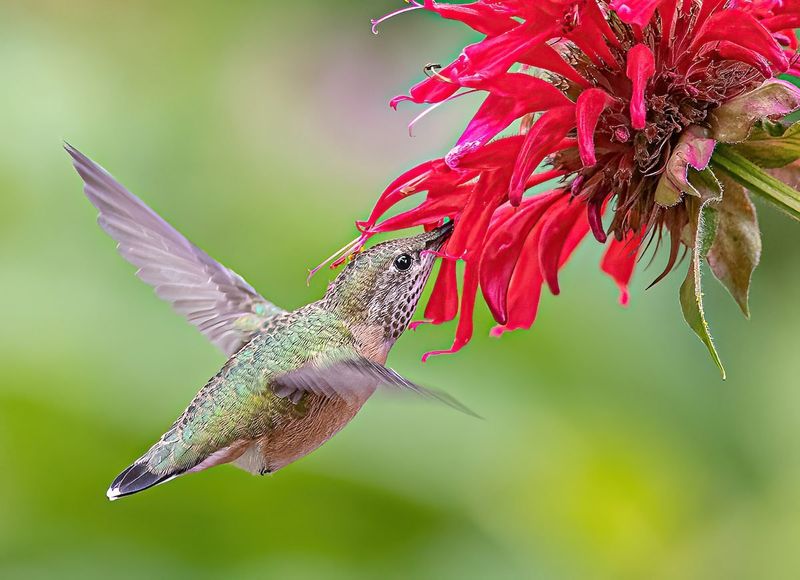
Ever wondered why young leaves sometimes appear red? It’s nature’s sunscreen! The red pigment protects tender leaves from excessive sunlight, a detail not lost on hummingbirds.
These clever birds associate red foliage with potential food sources, as many red flowers grow alongside such leaves. Nature’s layered signals never cease to amaze.
4. Red Feathers And Mating
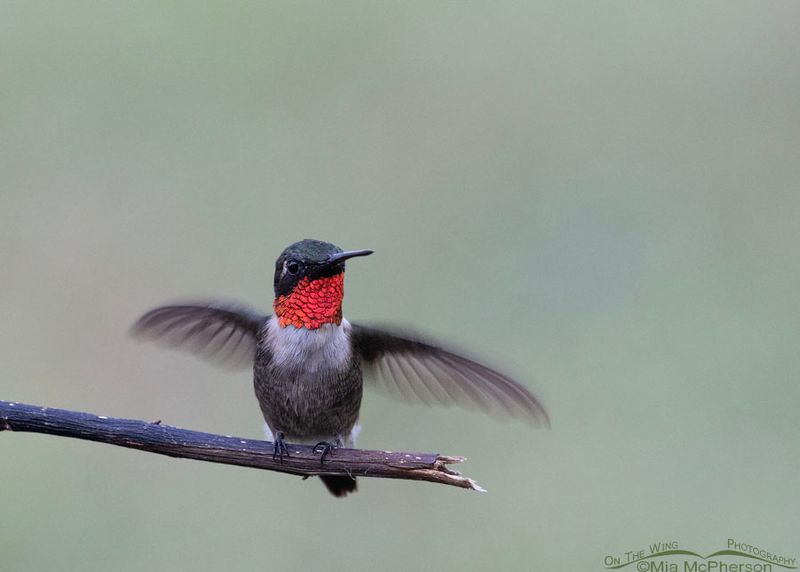
Decked out in red, male hummingbirds use their fiery throats to dazzle potential mates. This vibrant color is rare among birds, making it a potent signal of health and vigor.
The more vivid the red, the more desirable the suitor. It’s a fashion statement with evolutionary roots, where only the finest reds win the date.
5. Red Flowers And Sugar Rush
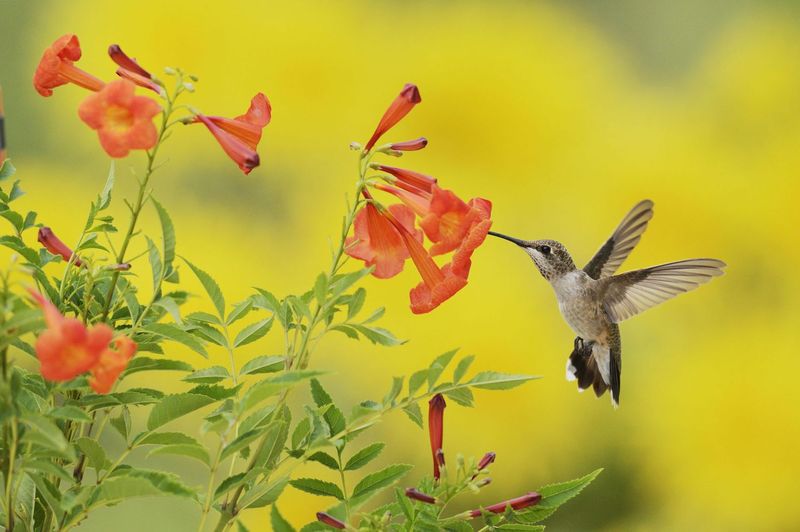
In the world of flowers, red often means “sweet deal.” Many red flowers, especially tubular ones, are designed to cater to the hummingbird’s long bill and tongue, offering high-energy nectar.
It’s a sugary oasis, essential for their fast-paced lifestyle, where every drop counts in their quest for survival.
6. Red And Territorial Battles
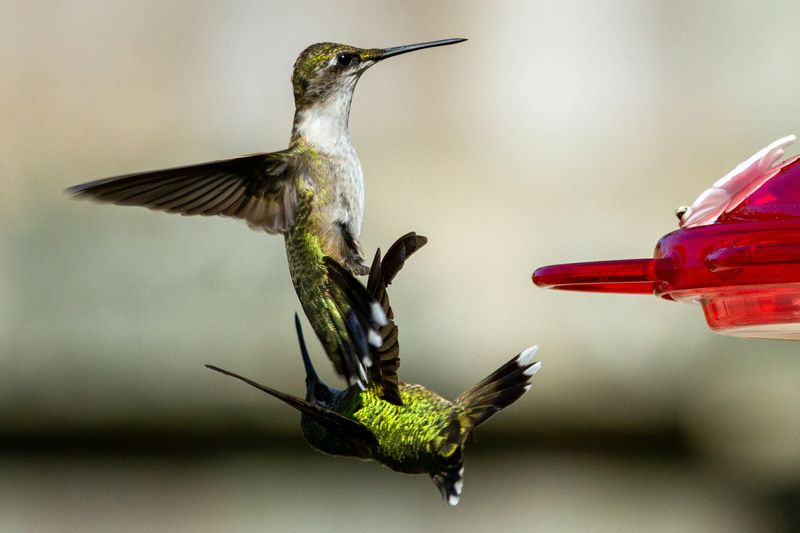
In the hummingbird world, red can signal a battleground. These birds are fiercely territorial, often fighting over red feeders or flowers.
Their aggressive nature ensures they control the best feeding spots, vital for their survival. Witnessing their aerial duels is like watching a dramatic ballet in mid-air.
7. Migration And Red Landmarks
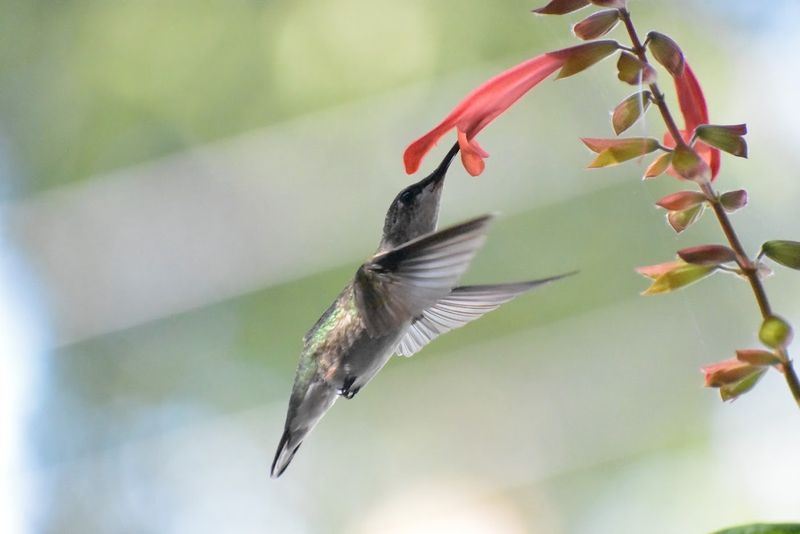
When migrating, red acts like a guiding light. Hummingbirds look for red landmarks, such as clusters of red trees or flowers, to find food and rest stops along their journey. This reliance on red helps them navigate vast distances, ensuring they can refuel and continue their incredible migratory feats.
8. Red And Energy Conservation
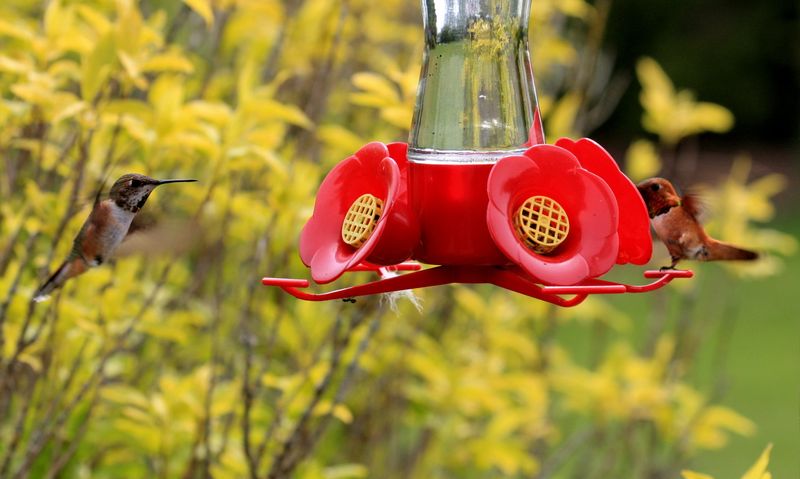
Energy conservation is crucial for hummingbirds, and red plays a part. During cooler months or nights, red feeders offer a reliable source of food, allowing these birds to maintain their energy levels. It’s a small refuge in their high-speed world, where every calorie counts toward survival.
9. The Red Myth Debunked
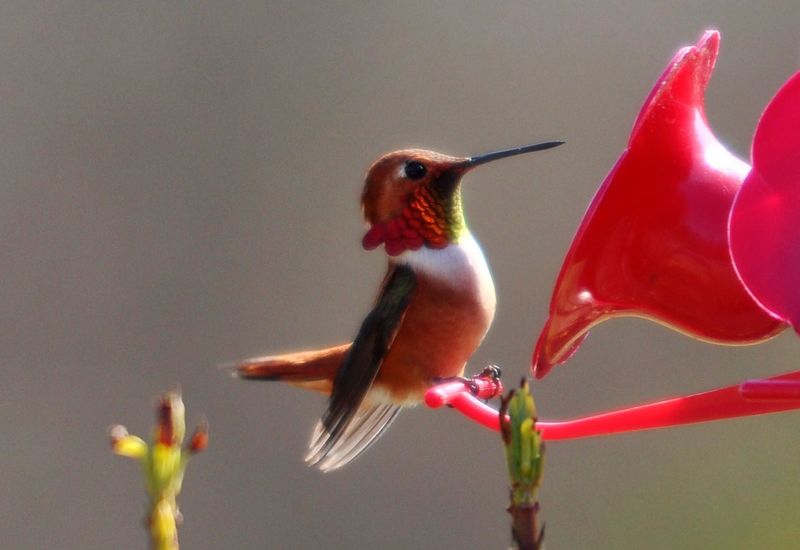
Contrary to popular belief, hummingbirds aren’t exclusively drawn to red. They’re opportunists, visiting various colored feeders if they promise nectar. While red is a strong initial attractant due to its association with food, these adaptable creatures won’t pass up a good meal, regardless of color.
10. Red Berries And Diet Diversity
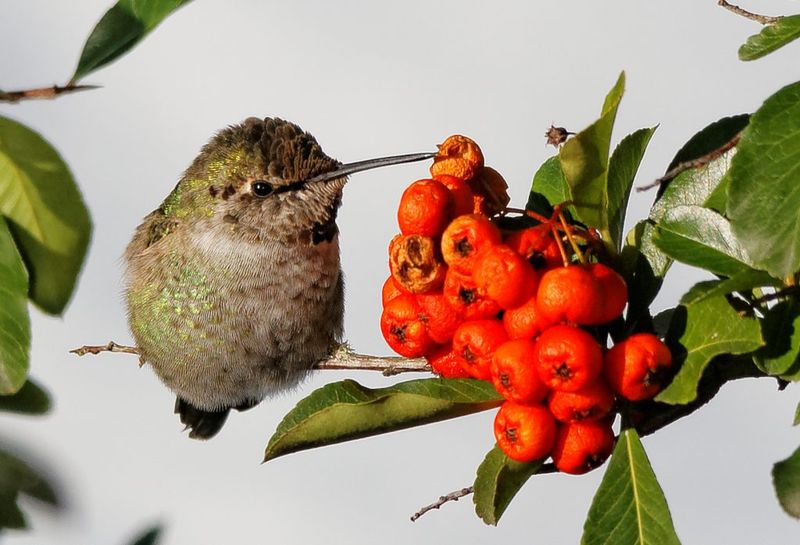
Think hummingbirds only sip nectar? Think again. They also supplement their diet with insects and occasionally, red berries. These berries provide essential nutrients, diversifying their diet. It’s a small, yet significant part of their nutritional intake, showcasing their adaptability in the wild.
11. Color Red In Urban Gardens
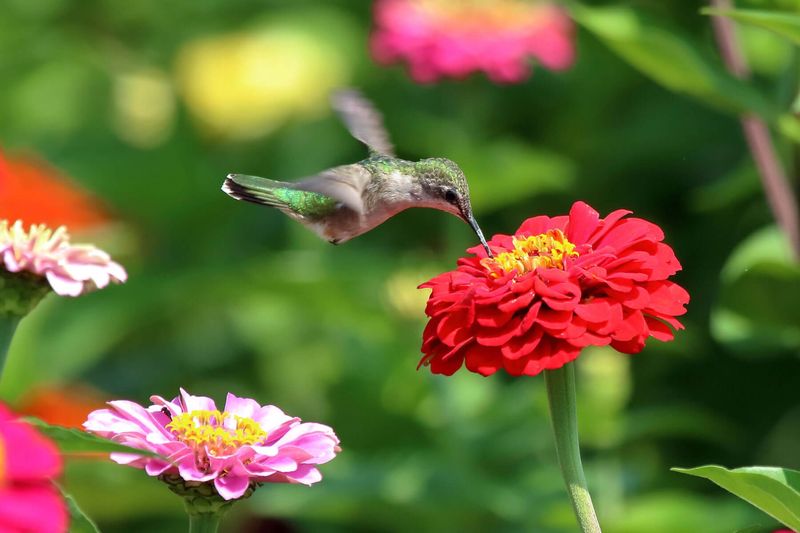
Urban gardens boasting vibrant reds play a vital role in supporting hummingbird populations. These bird-friendly spaces provide essential food sources, helping these tiny travelers thrive amidst the concrete jungle. It’s a testament to how color can bridge nature and urban life, benefiting both birds and city dwellers.
12. Red Lights And Night Vision
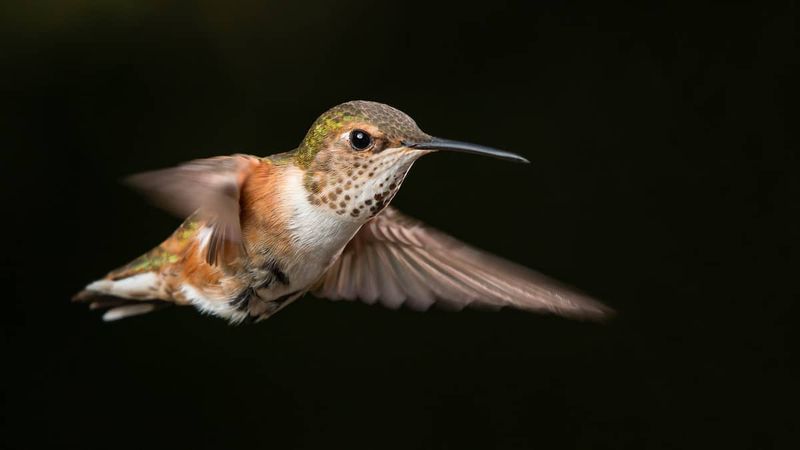
While primarily diurnal, hummingbirds occasionally feed at dusk, guided by red lights. These lights don’t disrupt their night vision and can attract them to feeders. This unusual adaptation highlights their flexibility and the role red plays even when the sun goes down.
13. The Allure Of Red Feeders
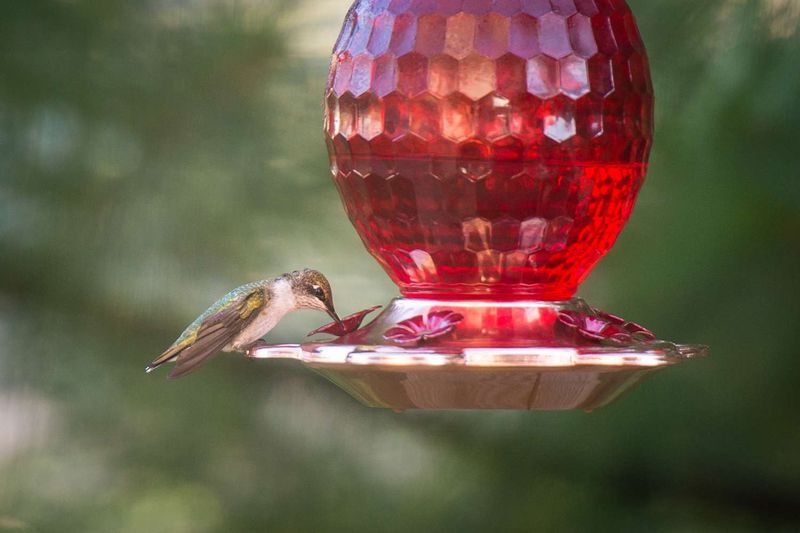
Why are feeders often red? It taps into hummingbirds’ innate attraction to the color, making them more likely to visit. Red feeders are a clever way to mimic natural cues, ensuring these birds find sustenance. It’s a simple yet effective design choice grounded in understanding avian psychology.
14. Cultural Symbolism Of Red And Hummingbirds
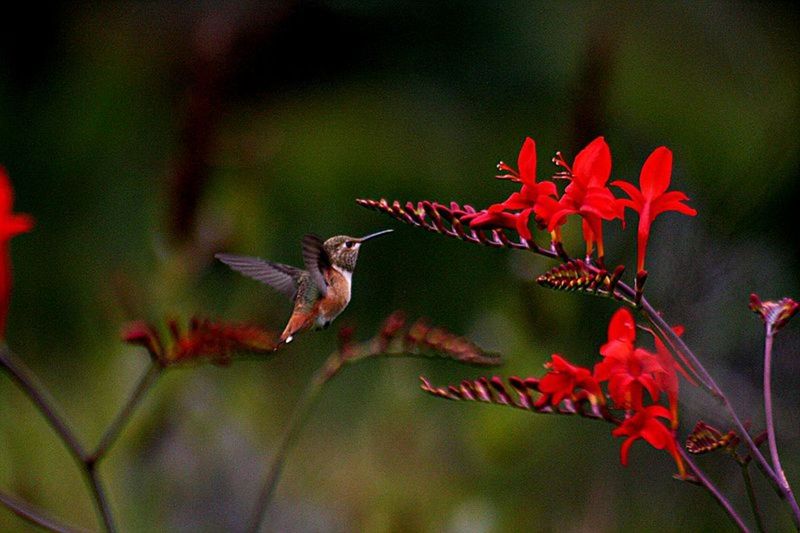
Red and hummingbirds hold cultural significance, symbolizing everything from love to energy in various cultures.
This color, paired with the hummingbird’s lively spirit, creates a powerful emblem of passion and vitality. It’s a vibrant intersection of nature and human culture, rich with meaning and tradition.

